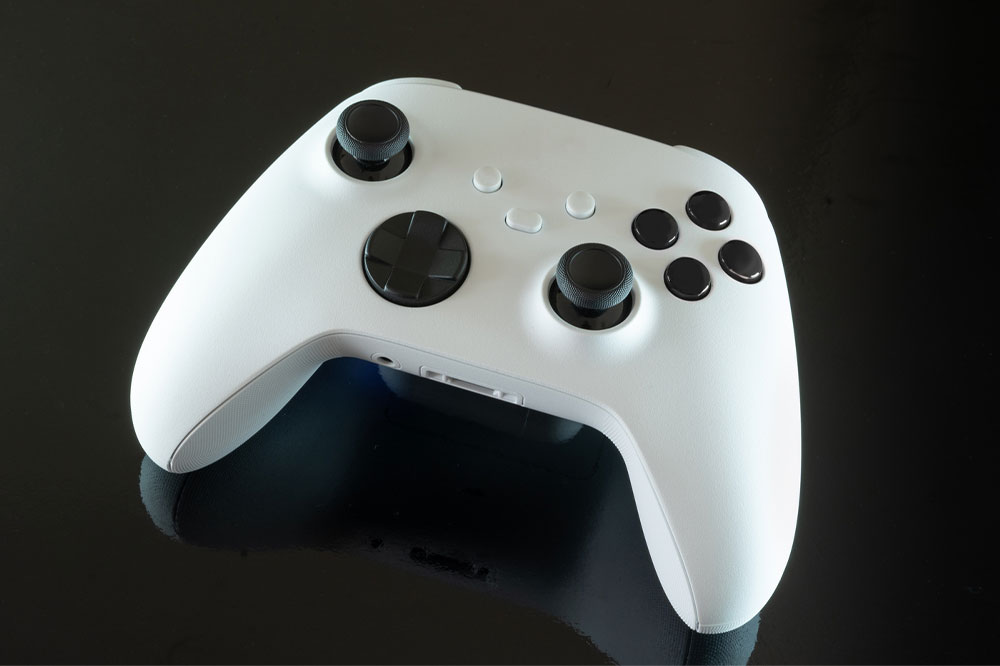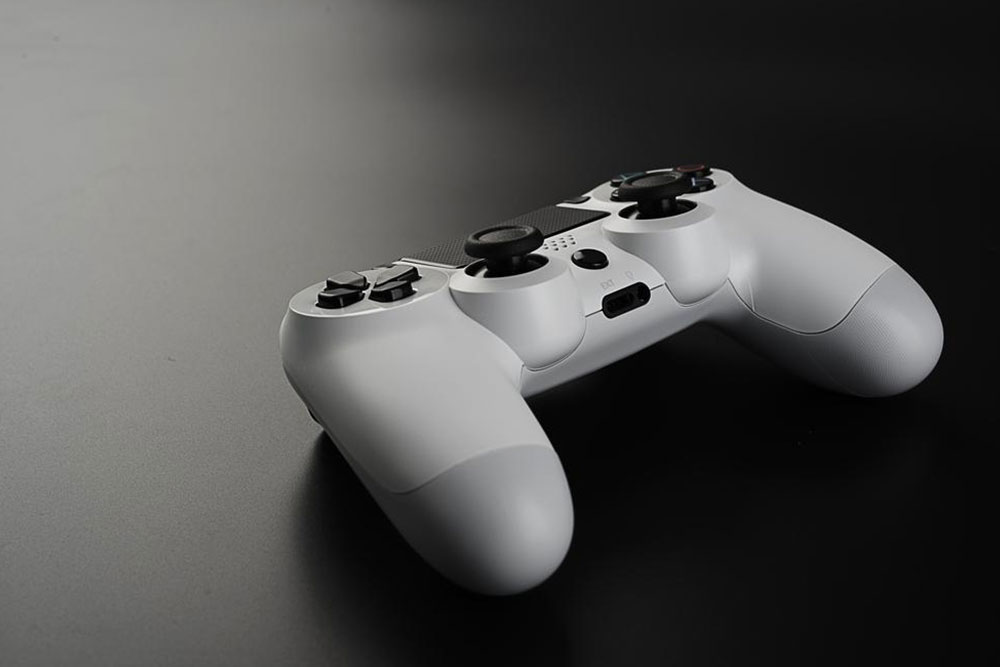The Evolution of Sega Consoles and Their Impact on Gaming
Discover the rich history of Sega's gaming consoles, from their early arcade successes to the innovative Dreamcast. Learn how Sega revolutionized home gaming with internet-enabled features and popular titles, cementing their legacy in the industry.

The Evolution of Sega Consoles and Their Impact on Gaming
Sega's journey began in 1940 under the name Service Games, initially producing slot machines and jukeboxes for the US military. In 1951, the company moved to Tokyo and, after merging with Rosen Enterprises in 1965, became Sega. Their first major success was the arcade game Periscope, which featured innovative sound and lighting. During the late 1970s arcade boom, Sega expanded rapidly, pioneering laser disc technology with arcade Astronbelt in the early 80s.
Targeted primarily at Japanese audiences, Sega's consoles gained popularity in Japan, especially with the launch of Sega Saturn in 1994, which included popular titles like Virtua Fighter. By 1996, Sega Saturn sold over a million units. The company's success continued with the Dreamcast in 1998, a pioneering sixth-generation console with internet connectivity and online gaming capabilities, making it a trailblazer in connected gaming. Sega's long-standing innovation has established its significant place in gaming history, with classics like the Sega Genesis—also known as Sega Mega Drive—remaining popular today.
Sega gaming consoles
Gaming history
Console innovation









